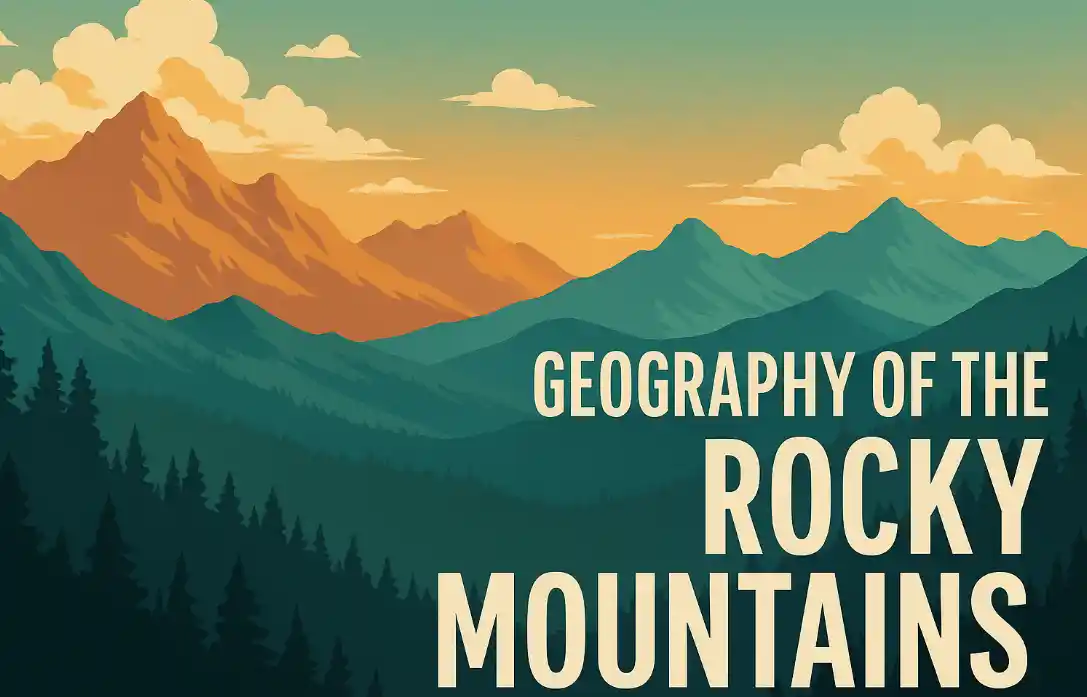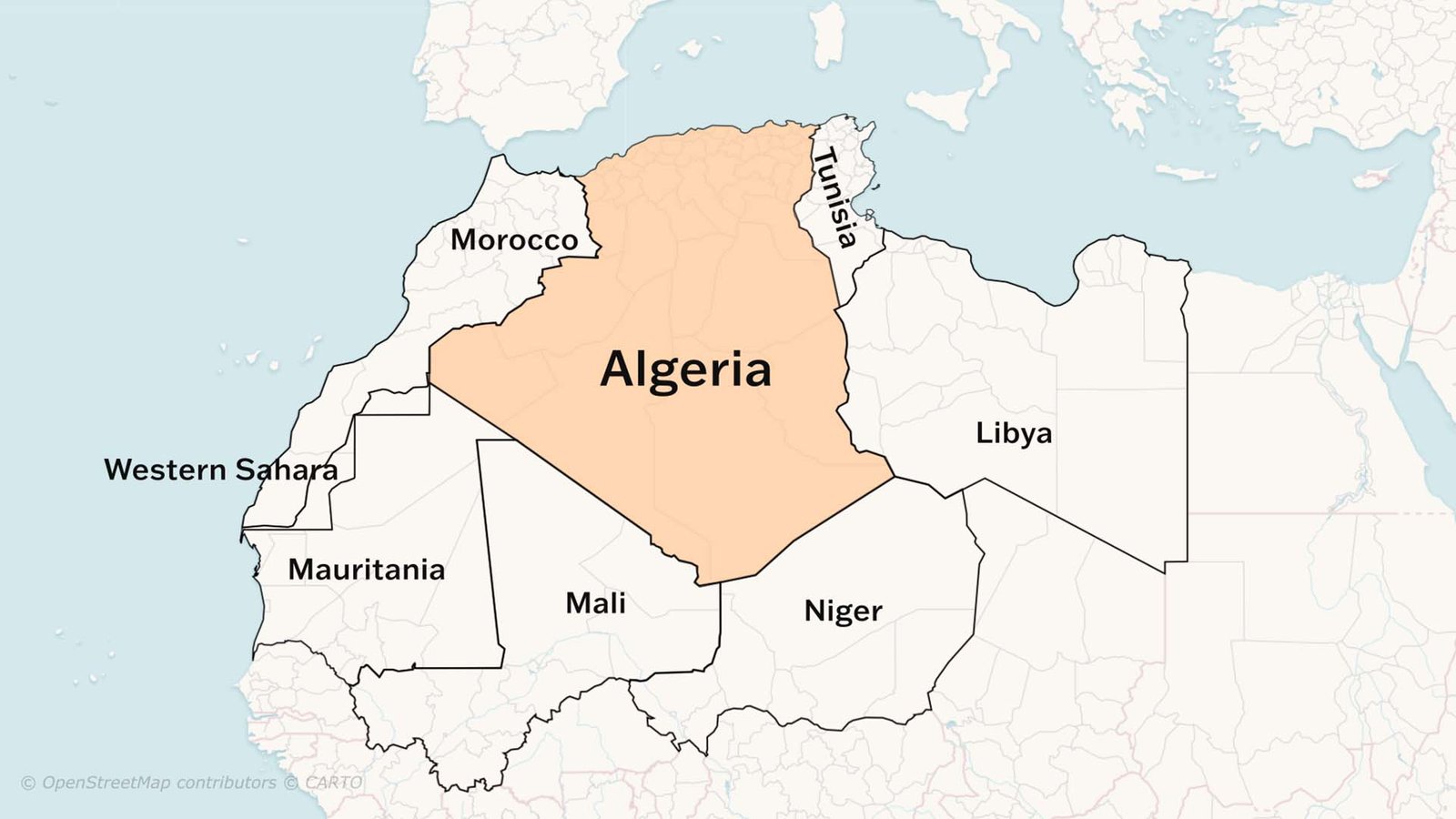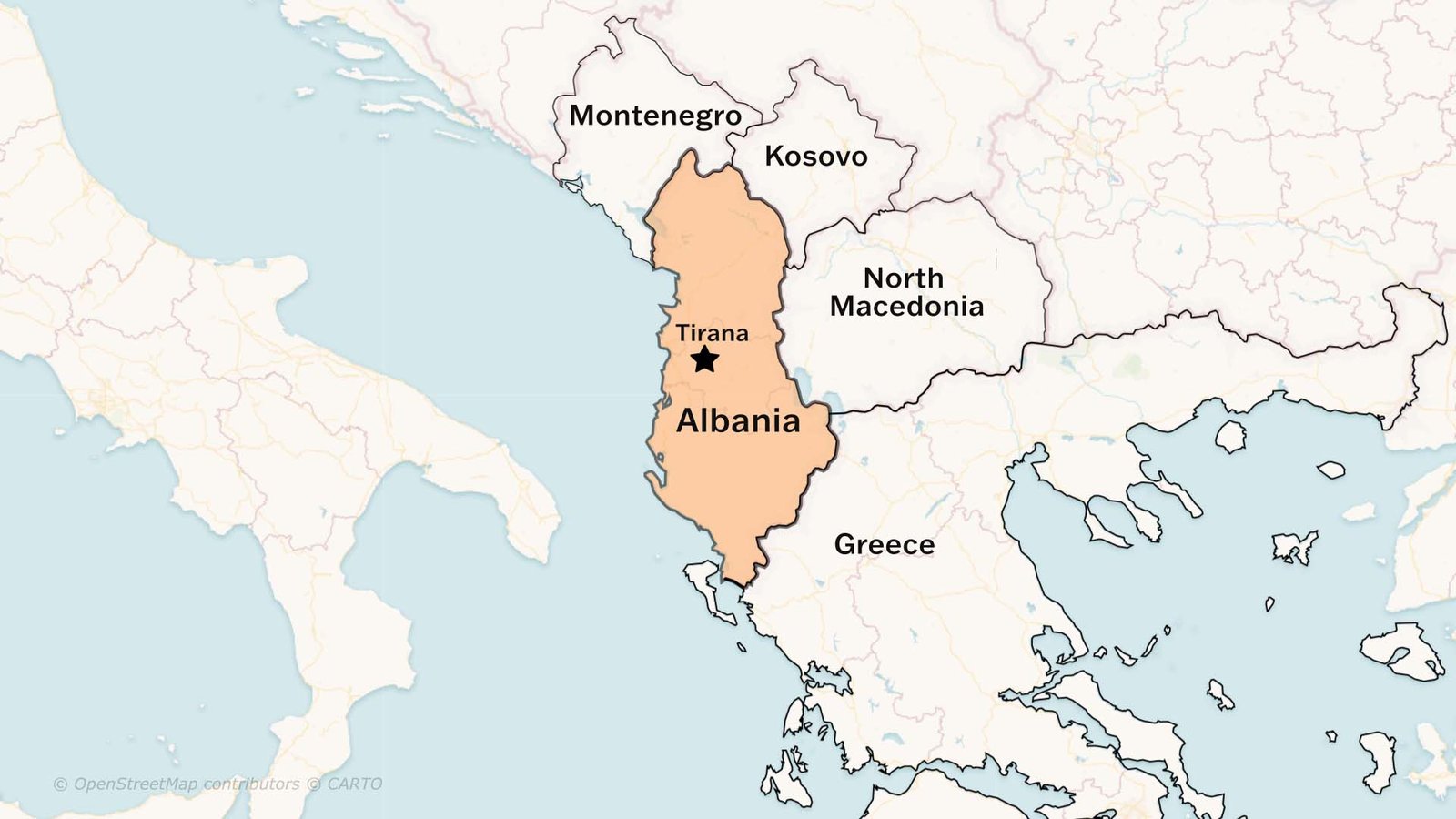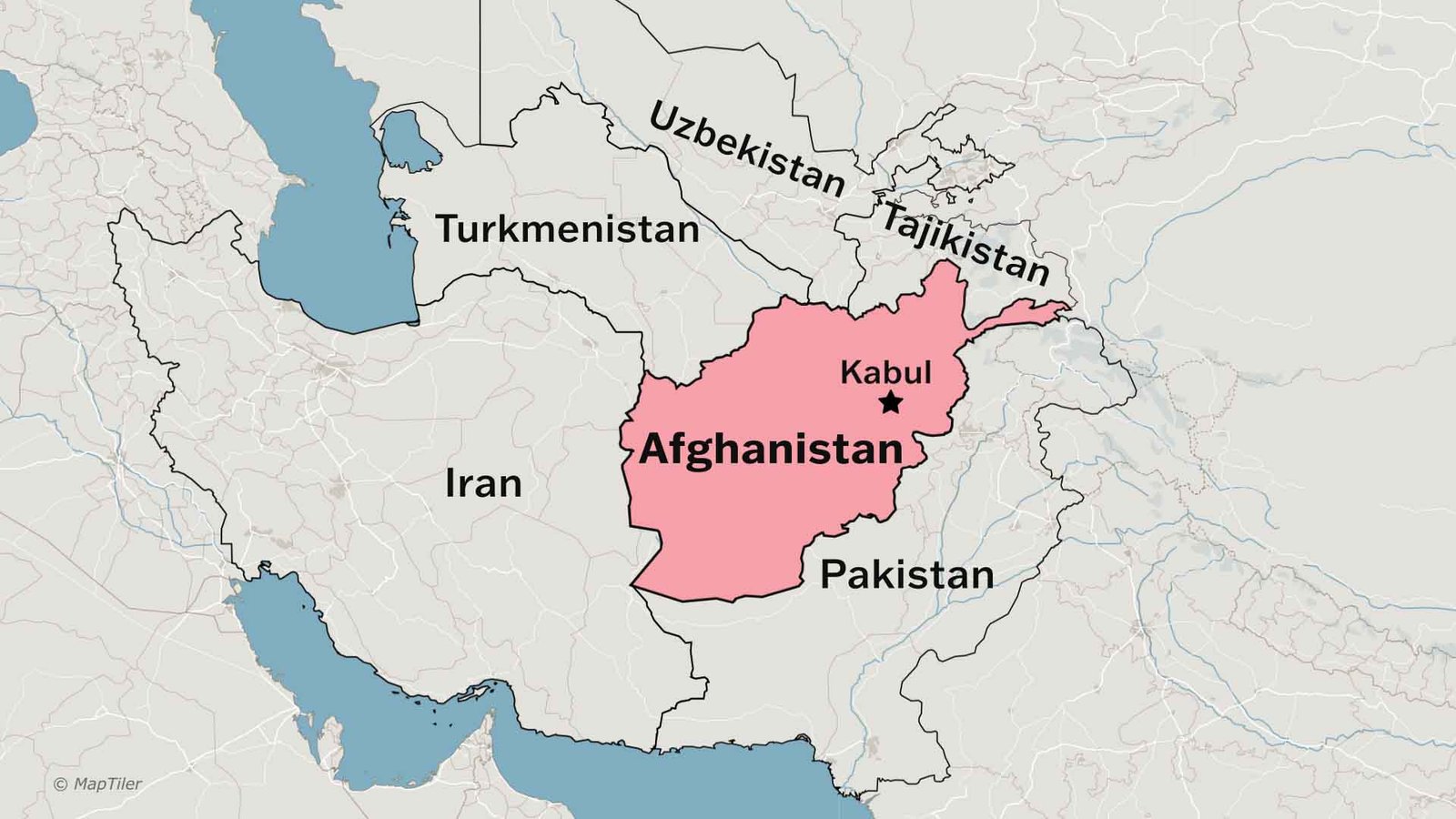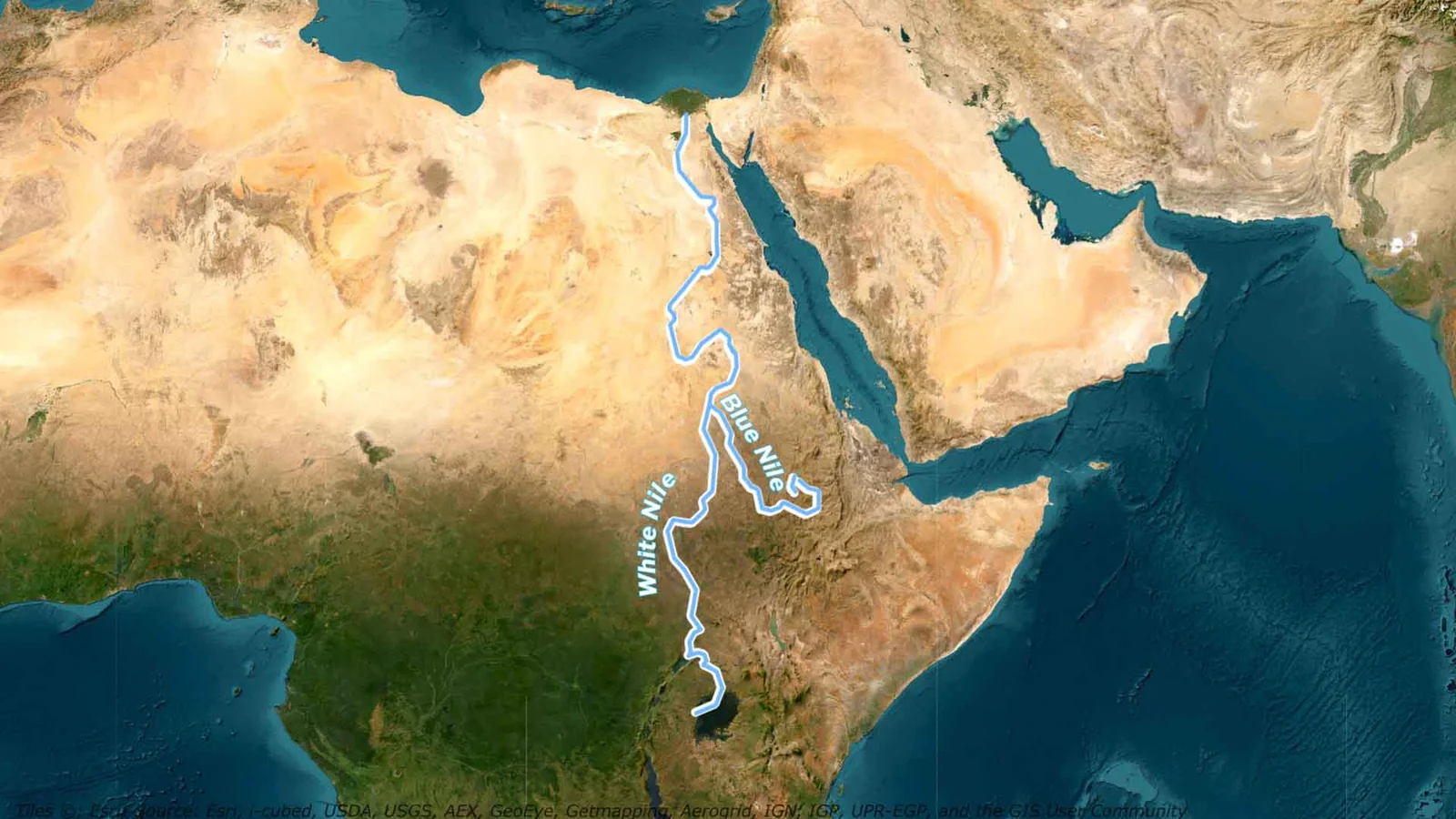The Rocky Mountains, one of North America’s greatest natural wonders, have shaped landscapes, wildlife, and human civilisations for millions of years. But how did these towering peaks form? What secrets do they hold? And why do they continue to captivate adventurers, scientists, and dreamers alike?
Get ready to uncover the breathtaking beauty, hidden history, and incredible mysteries of the Rocky Mountains!
A Part of a Vast Mountain System
The Rocky Mountains are an integral part of the North American Cordillera, a massive mountain system stretching from Alaska through Canada, the western United States, Mexico, and into Central America. This Cordillera also includes the Andes in South America, the Central American Mountains, the Sierra Madre Mountains, the Cascade Range, and the Brooks Range.
Spanning approximately 4,800 kilometres, the Rockies begin at the Liard River in British Columbia, Canada, and extend southward to the Pecos River in New Mexico, USA. While the exact northern boundary is debated, we will adhere to the Canadian perspective, which places the Rockies’ starting point south of the Liard River.
The range traverses British Columbia and Alberta in Canada before continuing through the U.S. states of Montana, Idaho, Wyoming, Colorado, Utah, and New Mexico.
The Birth of the Rockies
The formation of the Rocky Mountains dates back 55 to 80 million years ago, during the Late Cretaceous and Paleogene periods. The collision of the Pacific Plate and the North American Plate created immense pressure, pushing the Earth’s crust upward and giving rise to the Rockies. Over millions of years, tectonic activity and glacial erosion sculpted the mountains into their present-day dramatic peaks and valleys.
Interestingly, the Rockies are much older than the Himalayas, with rock formations containing fossils dating back over 1.7 billion years. These fossils offer valuable insights into ancient oceans, extinct species, and Earth’s changing climate.
Geography and Notable Peaks
Although the Rockies are relatively narrow in width (100 km in some areas), they expand significantly in Wyoming and Utah (up to 600 km) before narrowing again in Colorado and New Mexico.
Some of the most prominent peaks in the Rockies include Mount Elbert, Longs Peak, and Mount Massive, all located in Colorado and standing above 4,000 meters. Additionally, Mount Robson, the highest peak in the Canadian Rockies, is located in Canada.
- Mount Elbert in Colorado – the highest peak in the range at 4,401 meters
- Longs Peak in Colorado) – standing at 4,346 meters
- Mount Massive (Colorado) – reaching 4,397 meters
- Mount Robson (Canada) –
Exploring the Rockies: Region by Region
1. The Northern Rockies (Canada)
The northern section of the Rockies in British Columbia and Alberta is known for its rugged peaks, remote terrain, and pristine glacial lakes. The region is home to the Columbia and Athabasca Rivers, which originate from its glaciers. Two of the most famous national parks, Banff and Jasper, are located here, attracting visitors with stunning landscapes, turquoise lakes (like Lake Louise and Lake Moraine), and world-class hiking and skiing opportunities. The Trans-Canada Highway, one of the most scenic routes in the world, passes through these parks.
2. The Central Rockies (Montana and Wyoming)
As the Rockies extend into the U.S., they cross the 44th parallel into Montana, where they encompass Glacier National Park, renowned for its breathtaking landscapes and wildlife.
Further south in Wyoming, the Rockies are home to Yellowstone National Park, the first national park in the world, established in 1872. Yellowstone is famous for its geothermal features, including the Old Faithful geyser, and hosts approximately 10,000 hydrothermal features, which include:
- Geysers (such as Old Faithful)
- Hot Springs
- Mud Pots
- Fumaroles
Yellowstone sits atop a volcanic hotspot, where magma rises close to the surface, creating this unique geothermal activity.
3. The Southern Rockies (Colorado and New Mexico)
The Rockies reach their highest elevations in Colorado, home to 58 peaks exceeding 14,000 feet (Fourteeners), including Mount Elbert. The region features Denver, one of the largest cities in the Rocky Mountain region, as well as the Rocky Mountain National Park, a paradise for nature lovers.
As the range extends into New Mexico, it is known as the Southern Rockies, which include the Sangre de Cristo Mountains.
Impact on Climate and Rivers
The Rocky Mountains significantly influence North America’s climate. Acting as a natural barrier, the range blocks moisture-laden Pacific winds, creating a rain shadow effect and arid conditions in the Great Plains to the east.
The Rockies are the source of several major rivers, including:
- Missouri River
- Colorado River
- Arkansas River
- Rio Grande
- Snake River
These rivers provide vital water resources and make the Great Plains one of the most fertile agricultural regions in the world, earning it the title “Breadbasket of North America.”
In Canada
- Columbia
- Faser
- Peace
- Athabasca
- North Saskatchewan
The Continental Divide: A Natural Boundary
The Continental Divide, also called the Great Divide, runs through the heart of the Rockies. It separates the water flow between the Pacific Ocean and the Atlantic Ocean.
- Rain and snowfall west of the divide flow into rivers that eventually reach the Pacific Ocean.
- Precipitation east of the divide feeds rivers that drain into the Atlantic Ocean.
One fascinating location within the Rockies is Triple Divide Peak in Glacier National Park, where water drains into three different basins: the Atlantic, Pacific, and Hudson Bay.
Weather Phenomena: The Chinook Winds
One of the most remarkable weather events in the Rockies is the Chinook wind, also known as the “snow eater.” These warm, dry winds can cause temperatures to rise by 20°C (36°F) or more within hours, melting snow rapidly and creating sudden climate shifts.
Human History: Indigenous People and Early Explorers
For thousands of years, Indigenous groups such as the Blackfoot, Crow, Ute, and Shoshone have lived in the Rockies. These mountains provided them with food, water, and spiritual significance. Their legends tell stories of powerful spirits and mountain guardians.
Alexander MacKenzie was the first recorded European to cross the Rocky Mountains in 1793, reaching the Pacific Ocean. His journey was part of an effort to find a viable route across North America. He was followed by fur trappers, gold miners, and settlers. The Rockies became a frontier of opportunity, but also a site of struggle and conflict between Indigenous peoples and newcomers.
Wildlife of the Rockies
The Rocky Mountains are one of the most biodiverse mountain regions in the world, home to an incredible variety of animals:
- Mammals: Grizzly bears, black bears, wolves, mountain lions, elk, bighorn sheep, and wolverines
- Birds of Prey: Bald eagles, peregrine falcons, and great horned owls
- Reptiles and Amphibians: Western rattlesnakes, salamanders, and frogs
- Aquatic Life: Trout, salmon, and other freshwater species thrive in the rivers and lakes
Rocky Mountains: A Timeless Wonder
From their towering peaks to their rich history and diverse ecosystems, the Rocky Mountains continue to inspire awe and adventure. Whether you’re a hiker, a scientist, or simply a nature enthusiast, the Rockies offer an unparalleled experience that has shaped North America for millions of years and will continue to do so for generations to come.

